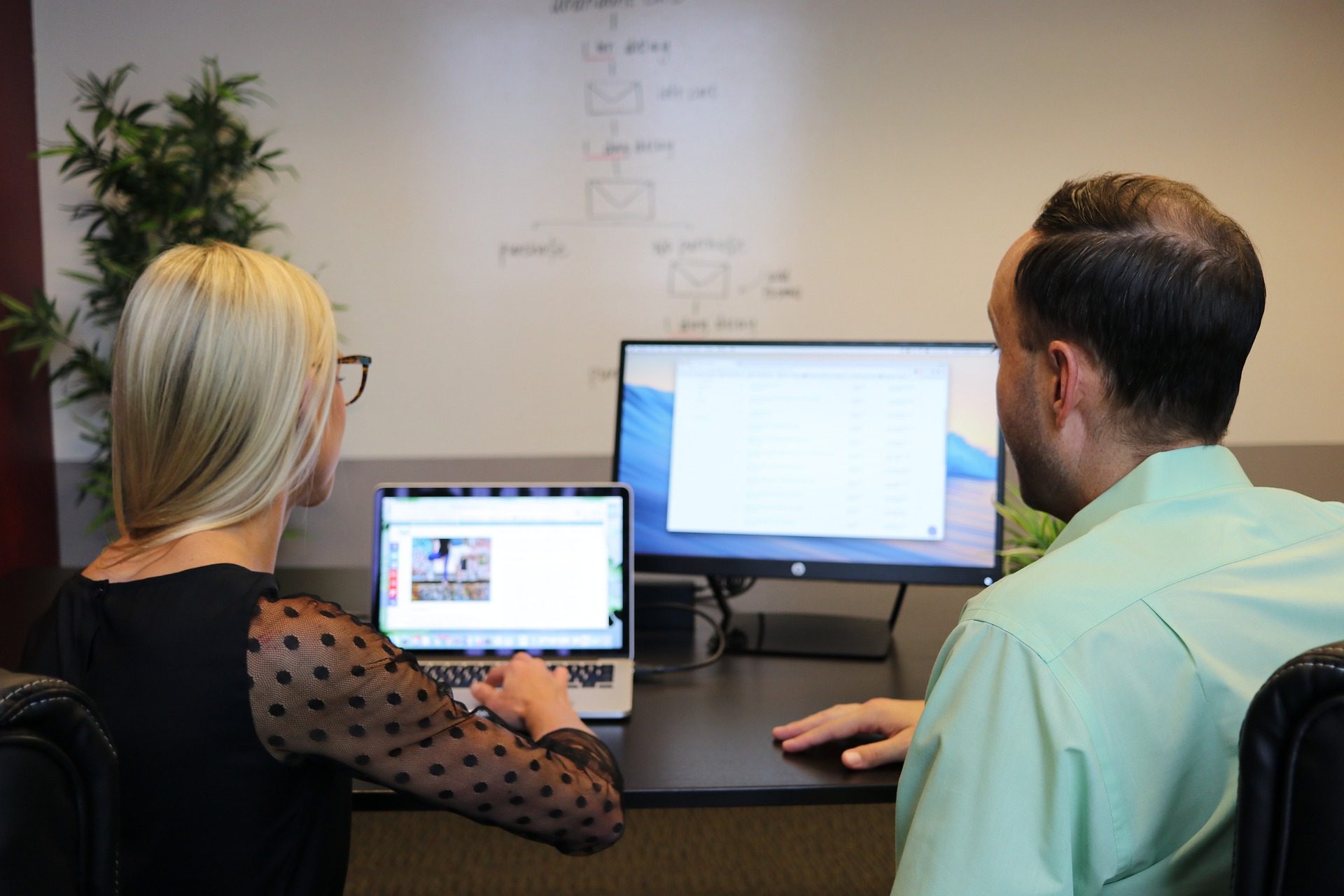Developing a Camel

I’m a big fan of the show Parks and Recreation. First, because it’s hilarious. Second, it addresses a lot of work-related issues that we, at GruffyGoat, deal with every day. For instance, there is one episode where the Parks Department has to design a mural for city hall. The whole team gets involved and they all come up with separate ideas for the mural and then try to force it all together into one piece. The product of this is what one of the characters calls a “camel.” He goes on to say “a camel is a horse that was designed by a committee.”
We have talked about this idea of design by committee in some of our other blog posts, but I’m going to elaborate on the topic a bit and give a couple of reasons why it isn’t a good idea. Or why, if you need to have a committee, that committee needs to meet and be on the same page prior to the project beginning and not at the end.
Time
One of the biggest requests from clients we receive regarding their websites is that it gets launched as soon as possible. For the most part, we can achieve that goal and we do. However, there is one thing that always delays our project launches. “Sorry for the delay in response, we just sent the site over for review from our account team. They haven’t seen it yet and have some thoughts on what needs to happen with it.” This especially causes a delay when we have already run through our two rounds of revisions without the “higher ups” even seeing the site.
We run a tight ship here at GruffyGoat. Our process is quick and getting quicker as we grow and learn, but we can’t account for clients spending a week debating internally the order of the menu or color on the button on the contact form. Now don’t get me wrong, we wholeheartedly want your company to be happy with their website and we will work on it until you are, but sometimes clients get caught up in the small details and forget the big goal of having a new website up and running on a good profitable timeline.
Money
We give every client a certain number of rounds of edits, which is where the client can review the site and note anything that is not living up to their expectations. This is a great system because this allows us to develop to a certain point and then receive feedback on our work in order to continue on the project with the client’s vision in view.
However, here is where designing by committee can hurt a client. If we are working with our contact person and on a round of edits they send the site to be reviewed by another department or by their managers. This is probably the first time this new party will have seen the site, which in itself is fine, but the new party doesn’t have any background on the previous versions of the site, the previous content on the site, the limitations of the scope of the project, and the overall process and where the project is in the process.
Again, we are very willing to work with whoever you need on a project and we welcome new fresh eyes on a project, but a round of edits is not a good time to discuss a new function of your site. Our recommendation is that anyone that is allowed to have an opinion, but especially the final decision-makers, should be involved in the process from the start. But, we also recommend limiting the number of people who are given an opinion and make sure you prioritize those opinions, who has a veto and final decision power. And please make those decisions before coming to us.
Communicate internally about the needs and wants of your site before you sign our contract containing the limitations of the scope. We can gladly add functionality to your site after you launch, but it will cost you a little extra.
How to Win
Just so you all know, we love our clients. When you sign a contract with us, we want you to be so happy with your website that you tell everyone you meet about it. We want you to be proud of what you built. The goal of our projects is for you to get an affordable website quickly and efficiently. In order to do this, you need to remember these things. First, discuss all needs and all wants before starting the project. Second, not everyone needs to have a voice. Finally, the goal is getting the website up and running, so don’t get hung up on the little things.

